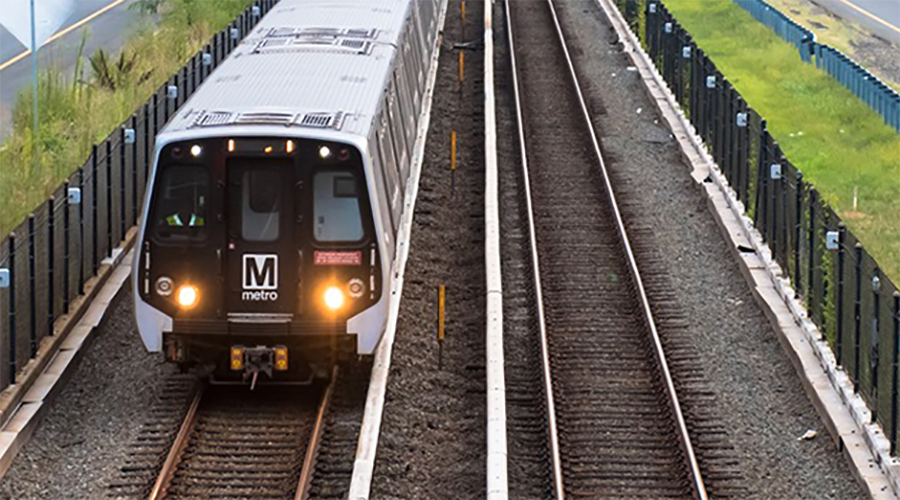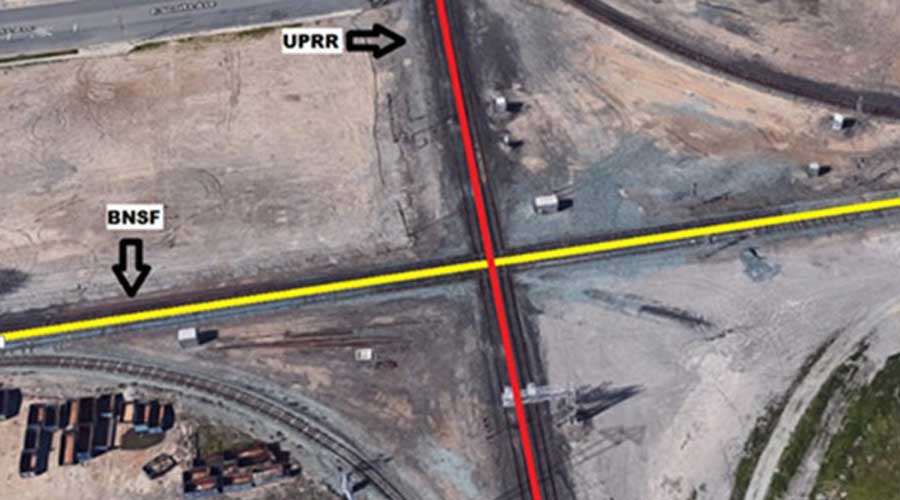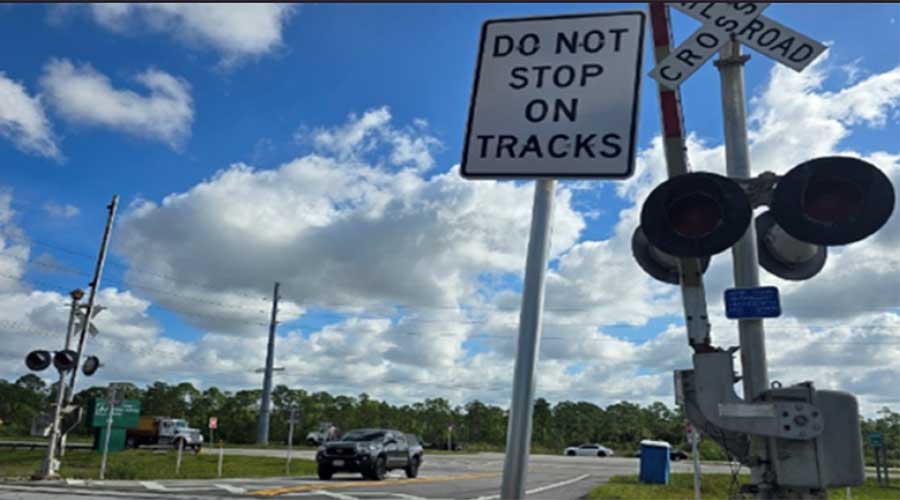Newsletter Sign Up
Stay updated on news, articles and information for the rail industry
Stay updated on news, articles and information for the rail industry
RAIL EMPLOYMENT & NOTICES
Rail News Home
High-Speed Rail
Rail News: High-Speed Rail
3/22/2012
Rail News: High-Speed Rail
Bay area agencies reach agreement with California HSR authority to fund Caltrain electrification
advertisement
The California High-Speed Rail Authority (CHSRA) has reached an agreement with more than a half-dozen San Francisco Bay area public agencies to fully fund the electrification and modernization of Caltrain’s commuter-rail system.
The parties are taking advantage of local, regional and federal funding to leverage hundreds of millions of dollars in high-speed matching funds that can be invested in the Caltrain corridor, according to a Caltrain press release. As a result, Caltrain’s system could be electrified by 2020 — a decade sooner than estimates included in CHSRA’s latest business plan.
Once Caltrain’s corridor is electrified between San Francisco and San Jose, the agency will be able to operate lighter-weight electric vehicles that will be faster, cleaner, quieter and more efficient than the current diesel trains, according to Caltrain. The agency then could operate more frequent service, which officials expect will help increase ridership and prepare the system to accommodate future job and population growth.
In turn, Caltrain will generate more revenue and reduce its operating subsidy, agency officials believe. The electrification could help resolve Caltrain’s financial woes; the agency does not have its own dedicated tax base or revenue source, and depends on one-time funding, administrative cuts and service reductions to address its annual structural deficit.
After the corridor is electrified, Caltrain will need to complete additional improvements before future high-speed trains could operate on the line. The agency currently is assessing the feasibility of carrying out various “blended system” alternatives to determine the necessary infrastructure improvements.
The parties are taking advantage of local, regional and federal funding to leverage hundreds of millions of dollars in high-speed matching funds that can be invested in the Caltrain corridor, according to a Caltrain press release. As a result, Caltrain’s system could be electrified by 2020 — a decade sooner than estimates included in CHSRA’s latest business plan.
Once Caltrain’s corridor is electrified between San Francisco and San Jose, the agency will be able to operate lighter-weight electric vehicles that will be faster, cleaner, quieter and more efficient than the current diesel trains, according to Caltrain. The agency then could operate more frequent service, which officials expect will help increase ridership and prepare the system to accommodate future job and population growth.
In turn, Caltrain will generate more revenue and reduce its operating subsidy, agency officials believe. The electrification could help resolve Caltrain’s financial woes; the agency does not have its own dedicated tax base or revenue source, and depends on one-time funding, administrative cuts and service reductions to address its annual structural deficit.
After the corridor is electrified, Caltrain will need to complete additional improvements before future high-speed trains could operate on the line. The agency currently is assessing the feasibility of carrying out various “blended system” alternatives to determine the necessary infrastructure improvements.


 2025 MOW Spending Report: Passenger-rail programs
2025 MOW Spending Report: Passenger-rail programs
 Gardner steps down as Amtrak CEO
Gardner steps down as Amtrak CEO
 Guest comment: Oliver Wyman’s David Hunt
Guest comment: Oliver Wyman’s David Hunt
 Women of Influence in Rail eBook
Women of Influence in Rail eBook
 railPrime
railPrime







